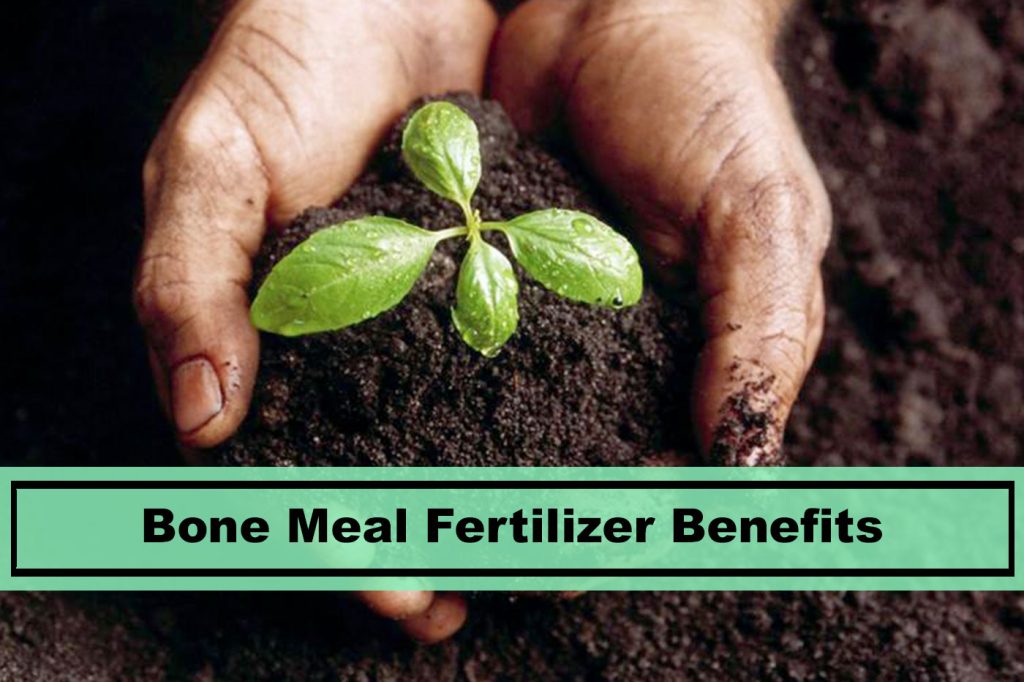Bone Meal Fertilizer
Introduction
Here at Oneos Agri vision we pride ourselves on the high quality organic bone meal we produce. Following our full sterilisation and milling processes we can bring forth a product that is safe, effective and natural.
Our product is frequently monitored by the Department of Agriculture along with regular testing from independent Laboratories to ensure our products stay safe and within specification. With the regulations and standards that Article 36, NAEIS (Air emission License and Ceres hold our product is ensured to be safe for use and of the highest standards.
As most of the bones ground up into a meal as the name suggests come from commonly slaughtered animals we ensure that the cycle of life can run its course, providing a fantastic way to enrich your soil with calcium and phosphorus leaving lasting effects (for up to 4 months).

Benefits
With a good NPK rating Oneos Agri vision bone meal is an abundant source of phosphorus to stimulate that strong root growth (bone meal/ Phosphorus) is known for. Alongside strong and healthy roots Phosphorus aids cell division and seed growth. Given its large surface area thanks to the powdery consistency of bone meal, easy absorption takes place meaning faster utilisation of the nutrients provided through bone meal.
Phosphorus is vital in the flowering process for plants especially of ornamental nature like roses and even cannabis flowers. As Calcium is a big part in bone structure, bone meal does provide access to calcium for the plants further supporting new and strong root and stem growth. (Low amounts of Nitrogen available for biological use makes Oneos Agri vision bone meal an even more balanced soil amendment.)
The Organic nature of Oneos Agri vision bone meal makes for an increase in beneficial soil microbes that will yet again aid in the nutritional benefits the soil provides to the plants. The role these microbes play in our soil is underestimated as they boost the nutrients available to plant roots leading to better growth patterns.
Instructions For Use
(Soil nutrient tests can be done to determine how much product your soil needs exactly using the NPK scale provided as guideline) A useful tip to keep in mind is that bone meal provides the best outcome in soil with a pH level lower than 7.
Following are general rules of application for specific uses.
For use as a Soil Mixture
For use as a Soil mixture whenever mixing new substrates. Make use of 2 and a half teaspoons of bone meal per 1l of the substrate, following the same guidelines 24 Tablespoons per 30l substrate would be advised.
Application process:
Mix the dry ingredients of the soil mixture together on a tarp or in a container Bone meal, substrate and any other soil amendments you would prefer. This should then be followed by light watering and covering of the mixture to prevent drying out. Guidelines show that it is best to leave the soil to rest this way for 1 to 2 months before use.
For use as a Top Dressing
For use as a Top Dressing: Make use of one teaspoon bone meal per 1l substrate and around 6 tablespoons per 30l substrate. A small increase in dosage in the early flowering phase could bolster your results.
Application process:
Before a normal watering routine once every 3 weeks distribute the proper amounts evenly across the top layer of the substrate.
For use as a Garden Bed Amendment
For use as a Garden bed amendment, we would advise a dosage of between 250ml and 500ml Bone meal per m² of gardening space applied every 2 months. Follow normal watering routines.
When used as an input for Compost the Rule of "green" thumb would be that the total amount of bone meal in the mixture never exceeds 2% of your total Compost volume as this could cause Phosphorus burns to your plants and stunt growth as a result.
Bonus: As an added bonus to the use of bone meal, signs of pest control have been shown where the use of bone meal has worked as a repellent to rabbits, squirrels and other critters of the sort that might endanger your plants.
Drawbacks: The only real drawbacks of using bone meal as your soil amendment is the possibility of overdosage to your plants causing phosphorus burns and in turn stunting growth (as is the case with most other types of soil amendments where over usage of the product would lead to diminished results)
Storage
Storage of bone meal is straightforward as it only needs to remain in a cool and dry place to avoid the product from decomposing outside of the place for intended use.
Certification Details:
Ceres Organic Input certification:
Date : 30 September 2022
Reg. : (EC) 889/2008

- Head Office: 88 Homestead Ave.Homelake, Randfontein, 1759
- Plant: 15 Verster Street, Delportion, Krugersdorp
- Erika Visagie - Director: 082 456 7870
- Jannie van Loggerenberg - Director: 082 979 2977
- Email: info@oneosagrivision.co.za